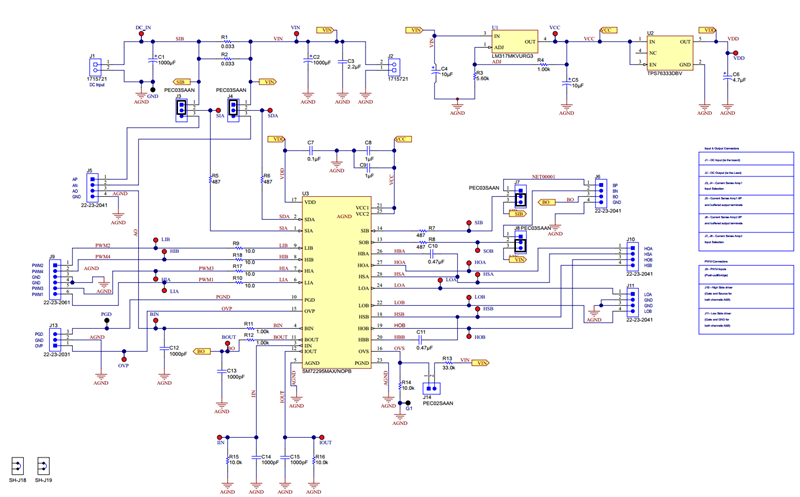Other Parts Discussed in Thread: SM72295, , LM317
Howdy,
Currently helping on a design that is using the MSP430 to drive the inputs of the SM72295 with two PWMs that are opposite of each other. One PWM is tied to HIA and LIB, and the other is tied to HIB and LIA. By doing this we expected the HOA and LOB to turn on their FETs, then HOB and LIA to turn on theirs next cycle.
When we look at the outputs the low side FET gate signals are correct. One is high while the other is low and they alternate back and forth, but the high side outputs are constantly held high.
Any idea what could be wrong?
Regards,
Kevin


